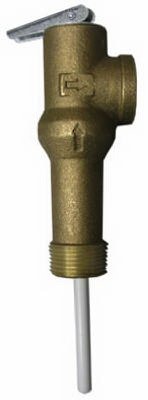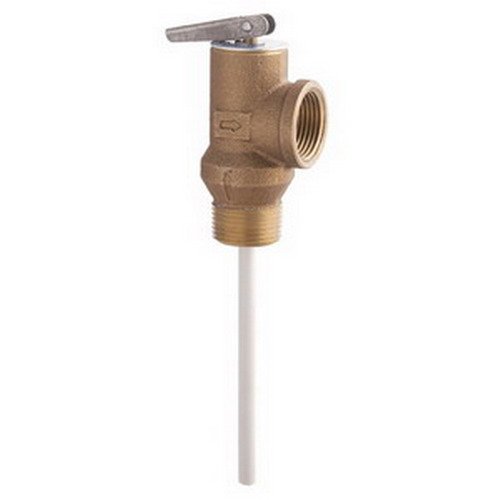Interesting in the red text. I thought I had read somewhere long ago to pull it once a month to make sure it was working. So, I've been pulling it once a month of decades. (Over my past 4 houses) I was wondering what that green and purple thing was that would chase me across the floor!
The reason you do not pull the handle is really very simple
the manufacture is the one who recommends you do that, NOT your plumber
WHY?? does the manufacture recommend you pop off the pop off?
simple,
inside that thing is a rubber diaphragm.. when you pop the thing. calcium deposits in your water
can, and DO, get stuck on the rubber diaphragm and cause it to dribble. he sells another one
You can not take that device apart and clean the rubber diaphragm when it leaks it is toast it must be replaced
and the only damn thing wrong with it, it has trash in the valve.
If you leave it alone, it will work when and if the temp on your heater asks it to work
tip.....if it does leak because it was popped off
rare back and knock the hell out of it with your plyers.
that works about half the time. lol








